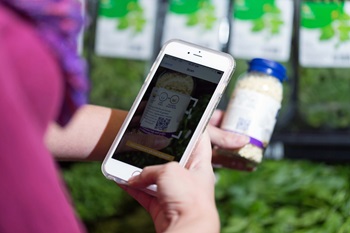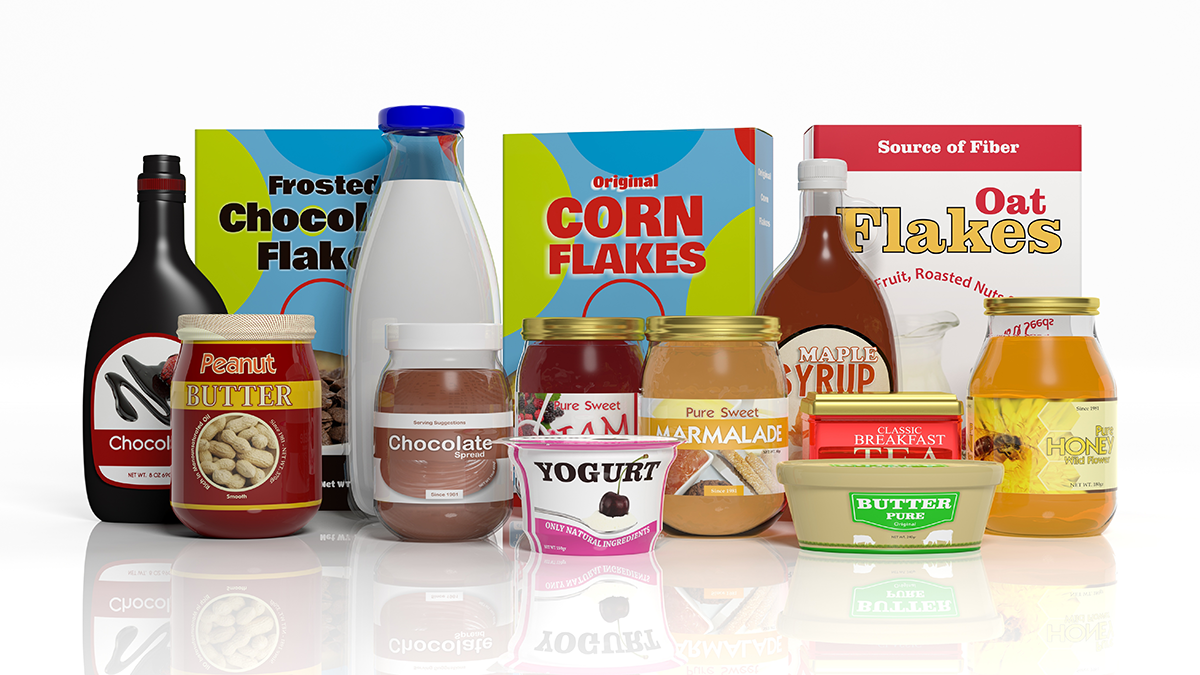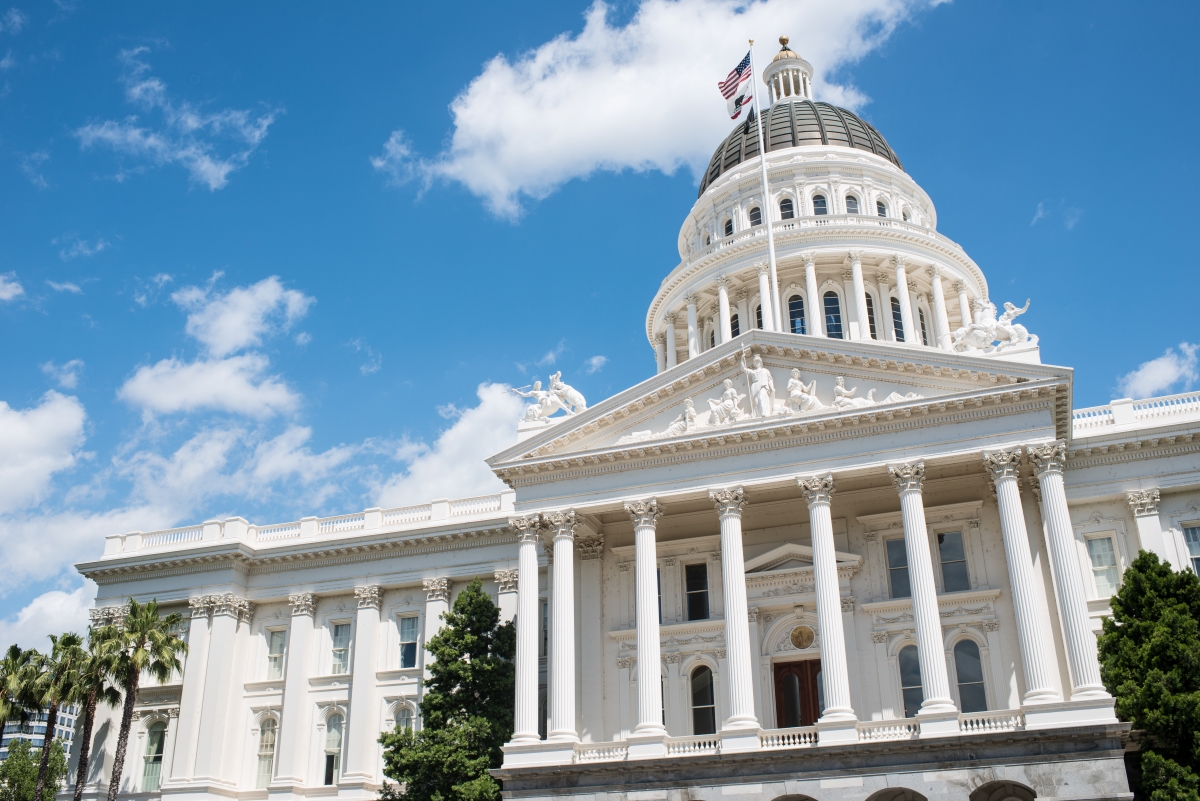By: Doug Baker, Vice President Industry Relations-Private Brands, Technology, Food Marketing Institute

A recent panel presentation at FMI Connect focused on the growing consumer expectation of transparency about the food that shoppers are considering for purchase. Today’s customer wants to know much more than just how much food costs. She, and increasingly he, also wants to know how the food was produced, where it came from, who produced it and what is in it. I was joined on this panel by FMI colleagues looking at the transparency trend from the respective lenses of consumer affairs and government relations.
We know that brands and government have been responding to consumer desire for information for years. That fact is quickly verified by a simple glance at the number of certifications, qualified health claims and icons currently existing on pack. To its credit, the grocery industry has done a remarkably credible job responding to consumer demand and trends. It’s what creates healthy market competition and in many cases, is a point of differentiation for brands and retailers to earn consumer loyalty.
But in this age of information with its accent on instant access to whatever you might want to know, the industry has seen a dramatic uptick in demand regarding ingredient transparency. Whether related to health, food safety, or environmental responsibility, consumer demand for information about the products they use and consume continues to be at the center of conversations throughout our industry and in the halls of our federal and state governments.
In 2014, the Trading Partner Alliance (TPA), a joint industry relationship group made up of the Food Marketing Institute (FMI) and the Grocery Manufacturers Association (GMA) that focuses on shared retailer-manufacturer supply chain efficiency issues, information technology and the adoption of environmentally-friendly business practices, came together to identify a solution to address the growing demand for information. Given the limited space actually available on-pack and the amount of information consumers want, it became apparent we had to not only think “outside the box,” but we needed to explore options beyond the traditional label.
At the end of the day, the Consumer Information Transparency Initiative was born and over 90 organizations and 400 stakeholders joined together to build what is known today as Smart Label. Although not the only digital disclosure option being offered, Smart Label will allow consumers to access product information pages through a number of electronic platforms. Additionally, utilizing the advancement of digital technology will allow industry a quicker response time versus the cost and time constraints of updating packaging. To learn more about SmartLabel, please see these resources or visit www.Smartlabel.org.
SmartLabel Resources:


 Industry Topics address your specific area of expertise with resources, reports, events and more.
Industry Topics address your specific area of expertise with resources, reports, events and more.
 Our Research covers consumer behavior and retail operation benchmarks so you can make informed business decisions.
Our Research covers consumer behavior and retail operation benchmarks so you can make informed business decisions.
 Events and Education including online and in-person help you advance your food retail career.
Events and Education including online and in-person help you advance your food retail career.
 Food Safety training, resources and guidance that help you create a company food safety culture.
Food Safety training, resources and guidance that help you create a company food safety culture.
 Government Affairs work — federal and state — on the latest food industry policy, regulatory and legislative issues.
Government Affairs work — federal and state — on the latest food industry policy, regulatory and legislative issues.
 Get Involved. From industry awards to newsletters and committees, these resources help you take advantage of your membership.
Get Involved. From industry awards to newsletters and committees, these resources help you take advantage of your membership.
 Best practices, guidance documents, infographics, signage and more for the food industry on the COVID-19 pandemic.
Best practices, guidance documents, infographics, signage and more for the food industry on the COVID-19 pandemic.
